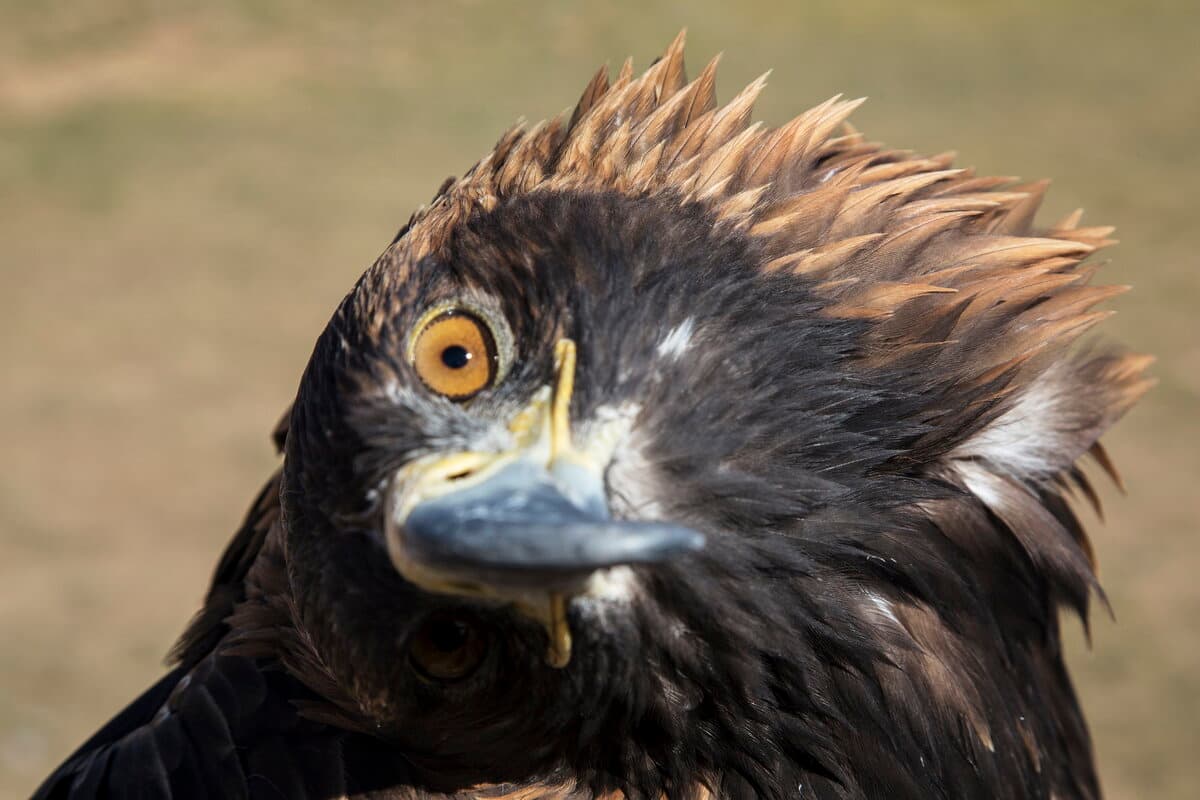The nearly two-year-old girl was playing outside in Orkland municipality, just outside Trondheim, when an eagle attacked. Several other children and adults were nearby, reports NTB.
The eagle came out of nowhere and grabbed the girl. The mother stepped forward and grabbed the eagle, but struggled to get it to release its grip. A neighbor had to help, says the girl's father to the news agency.
The girl got scratches from the eagle's claws and needed a few stitches in the back of her head, but is relatively okay. The eagle was put down afterwards.
"Abnormal behavior"
The attack is the fourth in just over a week in Norway, reports Norwegian media. All the attacks have taken place in completely different locations – but according to ornithologist and eagle expert Alv Ottar Folkestad, eagles can fly long distances in good weather conditions. He calls the attacks "incomprehensible".
That eagles attack humans is so unusual that I haven't heard of it before, if you disregard very old stories that aren't confirmed, he says to NRK.
There is no logic in what happened, it's a black hole. It's abnormal behavior.
Mariann Myrvang, who was attacked last Wednesday, describes to NRK how "something big and heavy landed on my shoulders".
I fell to my knees because I couldn't stand up.
May be sick
Her husband managed to shoo the bird away with the help of a branch. The claws had penetrated deep into the skin and Myrvang went to the hospital, where she received penicillin and a tetanus shot.
According to Alv Ottar Folkestad, it's likely about the same bird of prey. Eagles usually don't attack out of hunger or hunting instinct, since animals don't see humans as prey, he says. It's probably a defense reaction because the eagle felt threatened.
But it should be checked if the eagle – likely a young female – was sick, says Folkestad to NRK.
We have previously seen deviant behavior in sea eagles after illness.
The golden eagle (Aquila chrysaetos) grows to be 75–88 centimeters long with a wingspan of 205–225 centimeters. The males weigh between three and four kilograms and the females up to five kilograms.
Golden eagles are predators that mainly live on smaller animals, such as hares and poultry. They can, however, also attack larger animals, including foxes and sheep.
In Sweden, the golden eagle breeds in coniferous forests and mountains north of Dalarna, as well as on Gotland. It has temporarily bred in other places.
Older birds are almost uniformly dark brown with a golden-yellow head and neck. Young birds have a striking white tail base and a large white field in the middle of each wing.





